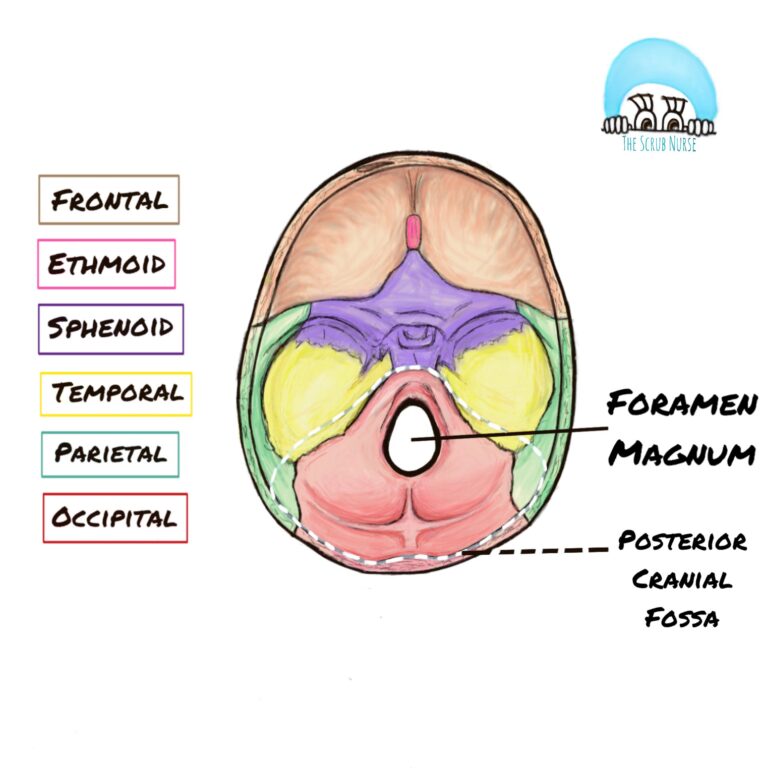Depending on the patient’s infection status, there are different types of precautions to be followed:
- Standard precautions
- The basic precautions to be taken for any case performed in the Operating Room;
- Use of Personal Protective Equipment (PPE) when there is exposure to blood/body fluids;
- Hand hygiene between patients and when hands are visibly soiled
- Contact precautions
- When infection is transmitted through direct contact;
- Use of PPE always
- Wash with soap and water, if in direct contact with blood/ body fluids
- Cover patient’s affected area, if transporting patient;
- Examples: Multiple-drug–resistant organisms (MDROs), Methicillin-resistant Staphylococcus aureus (MRSA), Vancomycin-resistant enterococci (VRE), and Clostridium difficile (C. diff)
- Droplet precautions
- When infection is transmitted through large* droplets that can be inhaled;
- Use of PPE if within 1 meter (aprox.) of the patient
- Place a mask on the patient, if transporting the patient
- Examples: Influenza (flu); Pertussis; Diphtheria
- Airborne precautions
- When infection is transmitted through small* droplets that can be inhaled;
- Use PPE, including an N95 respirator mask;
- Use an isolation room that has a special air-exchange and ventilation system with negative pressure;
- Cover the patient’s nose and mouth with a mask, if transporting the patient;
- Transfer directly the patient to the operating room;
- Do not transfer the patient to areas with other patients;
- Examples: Tuberculosis, Rubeola (measles), Varicella (chicken pox)
Notes:
PPE = use of mask, eye protection, gloves, cover jacket, gown
*Large droplets = 5 or more microns; Small droplets = less than 5 microns
🇵🇹
Dependendo da infecção que o paciente apresenta, existem diferentes tipos de precauções a serem seguidas:
- Precauções padrão
- As precauções básicas a serem tomadas para qualquer caso realizado na sala de cirurgia;
- Uso de Equipamentos de Protecção Individual (EPI) quando houver exposição a sangue / fluidos corporais;
- Higiene das mãos entre pacientes e quando as mãos estão visivelmente sujas
- Precauções de contacto
- Quando a infecção é transmitida através de contacto directo;
- Uso de EPI sempre
- Lave as mãos com sabão e água,caso tenha contacto directo com sangue / fluidos corporais
- Cubra a área afectada, case transporte o paciente;
- Exemplos: Organismos resistentes a múltiplos fármacos (MDROs), Staphylococcus aureus resistentes à meticilina (MRSA), Enterococos resistentes à vancomicina (VRE) e Clostridium difficile (C. diff)
- Precauções com gotículas
- Quando a infecção é transmitida através de gotículas grandes* que podem ser inaladas;
- Uso de EPI caso esteja aproximadamente a 1 metro do paciente
- Coloque uma máscara no paciente, se transportar o paciente
- Exemplos: Influenza (gripe); Coqueluche; Difteria
- Precauções com aerossóis
- Quando a infecção é transmitida através de gotículas pequenas * que podem ser inaladas;
- Use EPI, incluindo uma máscara respiratória N95;
- Use uma sala de isolamento que tenha um sistema especial de troca de ar e ventilação com pressão negativa;
- Cubra o nariz e a boca do paciente com uma máscara, se transportar o paciente;
- Transferir directamente o paciente para a sala de cirurgia;
- Não transfira o paciente para áreas com outros pacientes;
- Exemplos: Tuberculose, Rubéola (sarampo), Varicela
Notas:
EPI = uso de máscara, protecção para os olhos, luvas, capa, bata
* Grandes gotas = 5 ou mais mícron; Gotículas pequenas = menos de 5 mícron
References / Referencias:
Criscitelli EdD RN, Theresa. Fast Facts for the Operating Room Nurse: An Orientation and Care Guide in a Nutshell: Volume 1 (pp. 57-58). Springer Publishing Comblood/vody fluidspany. Kindle Edition.

